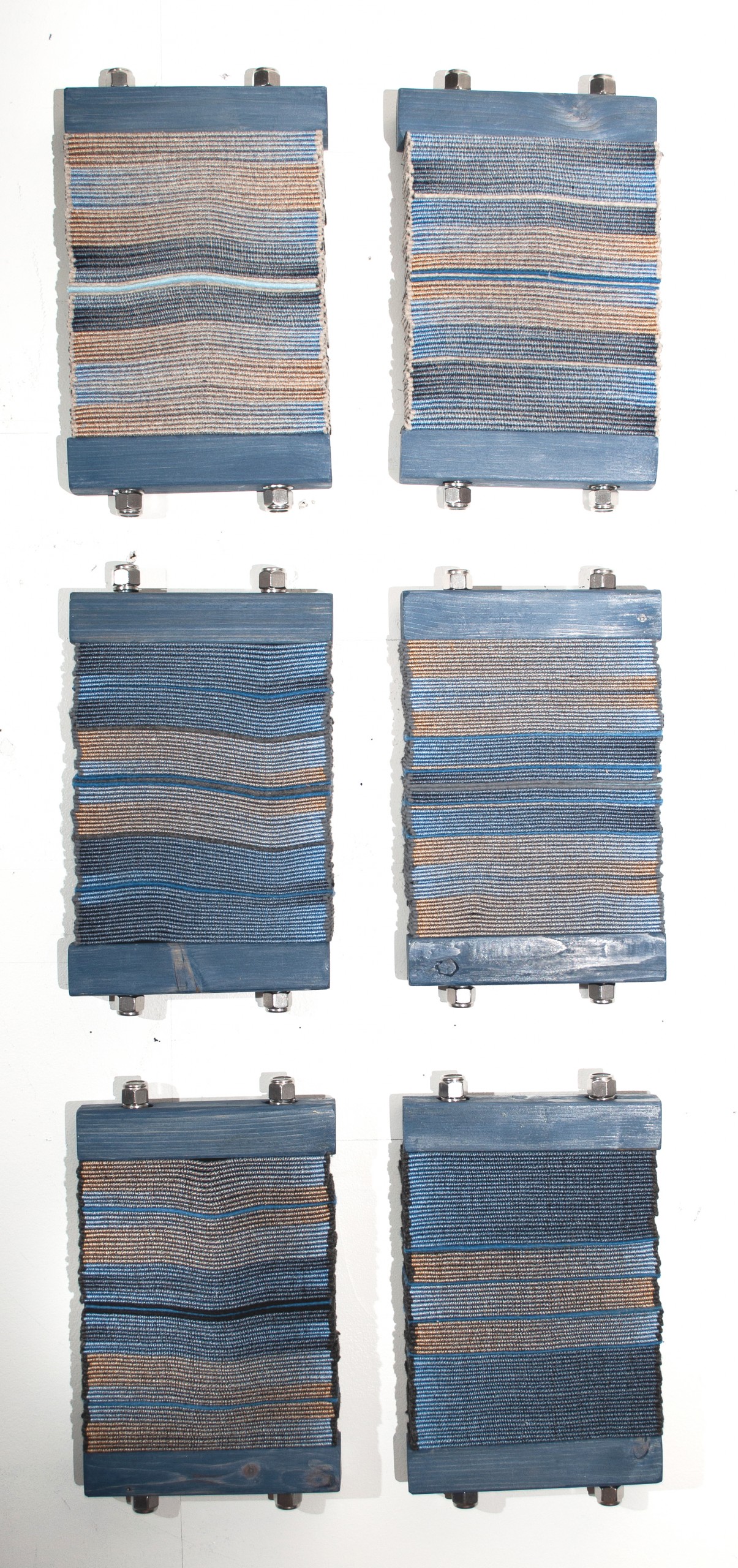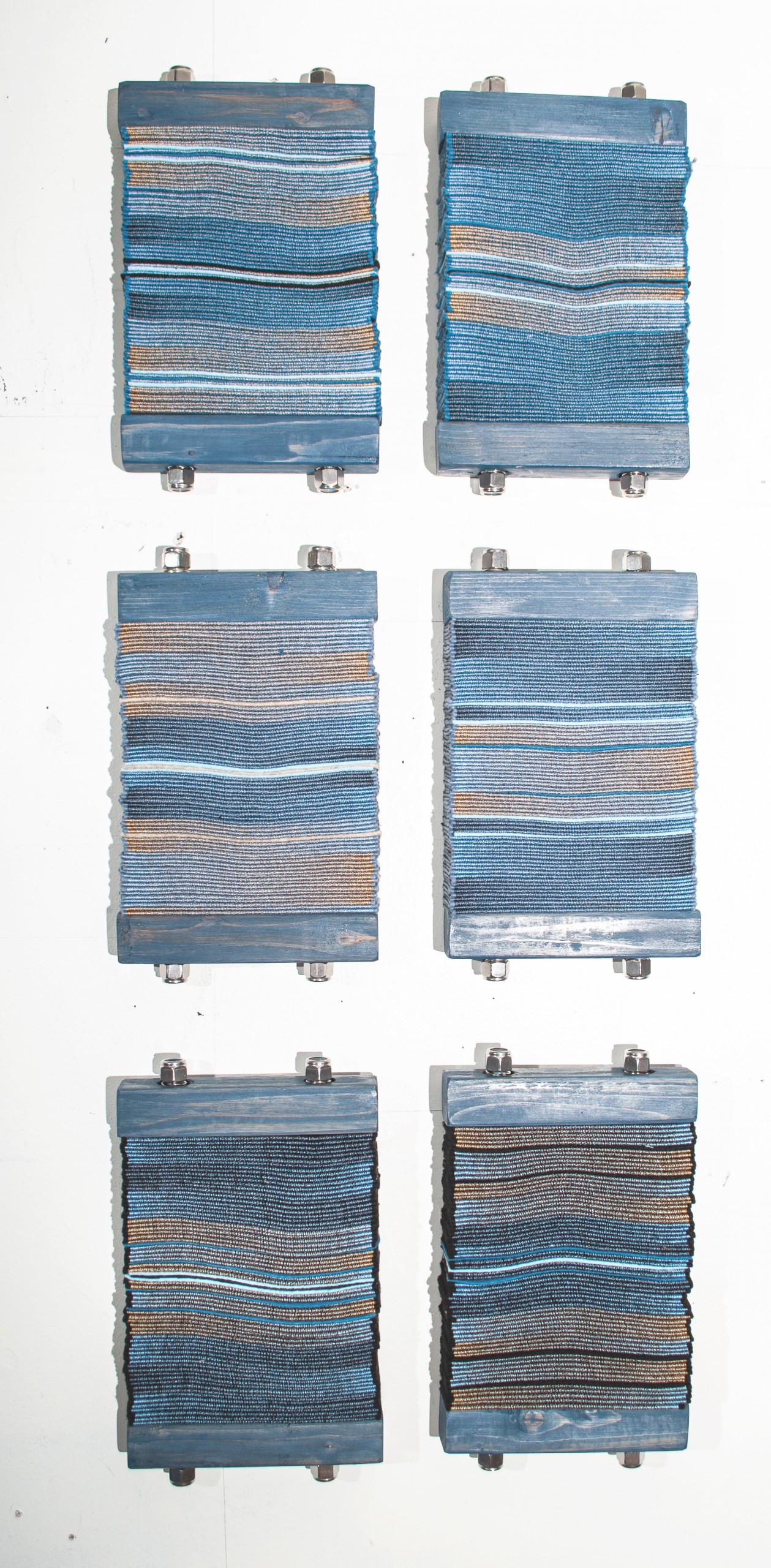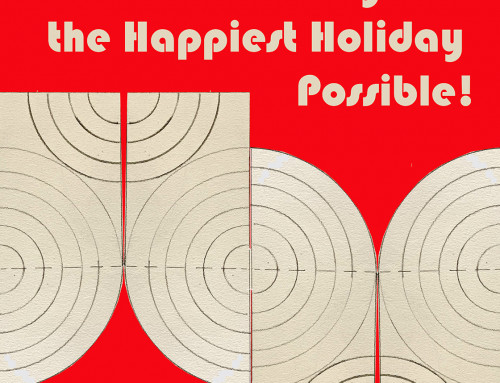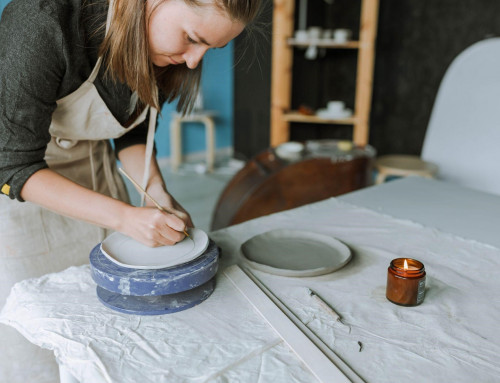On some level, the work of an artist is never done.Or another cliché: Old artists never retire.
Completing a Commission
The Work of an Artist. Sometime ago I received a commission from an art consultant out of Atlanta who had been trying to find a fit for my work. We had been communicating for several months before something landed.
The commission came in, requesting that I make 12 “bookblocks,” all different, but in a muted palette of indigo, beige, misty blue and some black. And could I do it in 3 months? Was that doable? probably not unless I began the testing before the contract was signed and delivered!
The Work of an Artist. I did the time studies and the cost estimates and wrote the proposal with firm parameters of payment schedule, when to expect the sample piece and upon approval of that, when to expect the final delivery. I outlined communications expectations as well.
It takes more time than anyone imagines to stitch out enough colorways on these embroidery machines to make decisions. Mechanically, they can only go as fast as the program and the actual machinery allow or tolerate. So I began the tests before I had received a dime. This tactic was guaranteed to not be a money loser for me as nearly all “waste” is recycled into new artwork. You can see some of the testing is below.
[su_image_carousel source=”media: 10542,10543,10538,10540,10539,10541″ limit=”40″ slides_style=”photo” crop=”none” columns=”4″ captions=”yes” link=”image” target=”self” autoplay=”7″ image_size=”medium”]
The Work of an Artist. Experimenting and testing is part of the work of an artist. It is never a waste of time.
- Proposals and contracts are part of the work of an artist. Do your time study and cost analysis to decide if the project is right for you. Add more time to your proposal than you think you’ll need. Sometimes you bid low to get in the door, but don’t totally lose your shirt over it.
- Communicating is part of the work of an artist. Were there frustrations in communication? Of course. We are dealing with human beings and…an update in the corporate malware shield that threw all my communications into the consultant’s spam folder….and a day or two when my emails simply went missing in the ethers! Ah, technology!
- Set a schedule to complete the project and stick to it. I knew that each piece took 7 days to complete. Change orders added an extra day, taking it up to 8 days to complete each of the 12 “bookblocks.” A little nerve wracking. But, I had built enough extra time into the schedule to deliver on time.
- Packing and shipping is the work of an artist. Pack and ship the safest, cheapest way possible. These were easy to ship. Such sturdy pieces! Sturdy corrugated boxes lines with 1″ thick pink insulation board did the trick.
- Opening a UPS account is the work of an artist. It does not cost you one single dime to open the account and it saves you a lot of money. You get much lower rates by having your own account than taking your boxes to a UPS franchise store. Then you can pay for a pick-up or drop it off, with no added charge, at a UPS store to ship it.
- Documentation is the work of the artist. Photograph everything every step of the way. File your contracts and keep them available. You will need to refer to them during the process.
- Delivering on time is the work of the artist.
AND HERE IS THE COMPLETED COMMISSION!
[su_image_carousel source=”media: 10557,10556,10554,10553,10552,10551,10550,10549,10548,10547,10546″ limit=”40″ slides_style=”photo” crop=”none” columns=”4″ captions=”yes” link=”image” target=”self” autoplay=”7″ image_size=”medium”]







